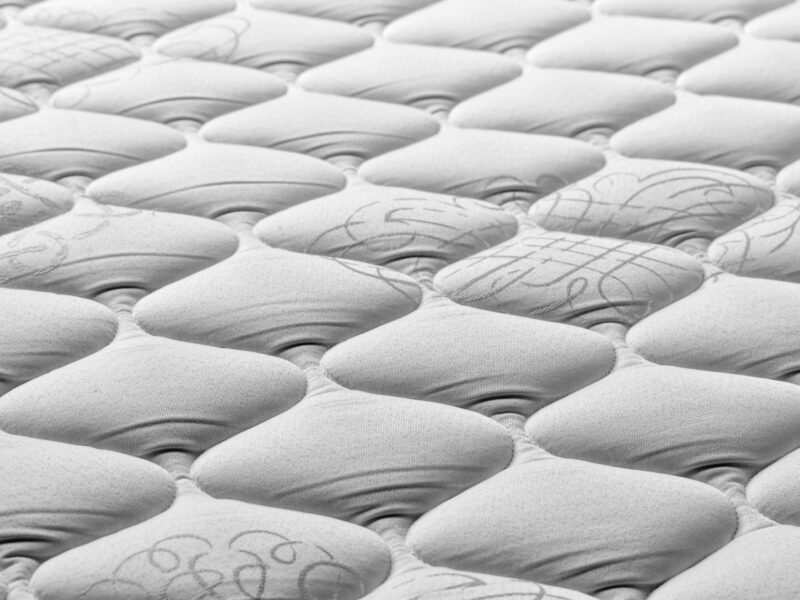Getting a complete oral health check can be crucial. Even if you brush and floss regularly, there might be a missed tooth, hidden decay, or problem you can only detect under the best lighting and magnification.
If you have regular affordable dental care, a checkup typically includes a complete checkup and cleaning, some x-rays to check if there is any decay, and comes up with a personalized action plan.
Not all dental procedures are quite that simple. Here are some of the most common methods and why you might need one.
Teeth Cleaning
Teeth cleaning is one of the most common dental procedures. It should be performed every six months to prevent oral health issues from developing.
During a teeth cleaning, a dentist removes plaque and tartar buildup from the surfaces of the teeth. This is along with any food particles.
They use various instruments, including an ultrasonic scaler. This is to help remove plaque and tartar buildup and then use a polisher to help smooth the surface of the teeth.
Next, the dentist applies a fluoride treatment to help strengthen the teeth and protect them from acid erosion and decay. Lastly, any extra plaque or tartar missed during the cleaning may be flossed out, and teeth may receive a fluoride rinse.
Teeth cleanings are an essential part of a healthy oral hygiene routine. They are critical to maintaining overall oral health and a beautiful smile.
Fillings
Dental fillings are another standard dental procedure. This is because cavities are the most common oral disease among adults and children.
A filling helps to restore the structure of the tooth. It is done to treat certain conditions such as tooth decay, cracked or broken teeth, and worn enamel.
The filling material depends on the patient’s needs and the affected area’s condition. Some things that can be used are tooth amalgam, a silver filling, composite resin, glass ionomer cement, gold, and porcelain.
During the procedure, the dentist will remove any decayed tooth material and fill the area with the chosen material. After filling the cavities and restoring the tooth’s structure, the dentist will polish it. They will also evaluate it to ensure it meets the patient’s desired outcome.
Fillings are essential in dental care because they keep teeth healthy and repair decayed teeth.
Root Canals
Root canals are effective in preserving a tooth after damage or decay. Root canals involve removing the infected tissue inside the tooth’s root, cleaning it out, and sealing it with a particular material.
Many people are surprised at the procedure’s comfort, as it is designed to be as minimally invasive as possible. Pain medications are also given to help with any discomfort afterward.
After the root canal procedure, a crown is usually put in place to protect the tooth from further damage. The success rate of root canals is high, and they can sometimes extend the life of the tooth for many years.
This makes root canals an excellent solution for preserving teeth and avoiding more invasive procedures.
Extractions
Extractions involve removing either a whole or partial tooth from the mouth due to disease, decay, injury, or crowding. If the extraction is performed to prevent further damage, it can save the patient’s mouth from more extensive treatment.
After the tooth is extracted, a dental professional may need to place packing into the empty socket. This is to stop bleeding or prescribe antibiotics to prevent infection.
Sometimes, the dentist may recommend replacing the missing tooth with an implant, bridge, or denture for cosmetic purposes. Early diagnosis and routine dental care may help eliminate the need for tooth extraction. It can help maintain the patient’s long-term oral health.
Underbite Correction
Underbite correction is one of the most common dental procedures that dentists undertake. This correction is often an enhancement to the teeth but also commonly serves a medical purpose.
In most cases, the underlying cause of the underbite is a misalignment or bad bite. This can result in difficulty chewing, speaking, and jaw problems. Several procedures, such as braces, jaw surgery, and dental appliances, may be used to realign the teeth.
Braces are the most common corrective measure and involve metal wires and brackets connected to the teeth to move them into place over time slowly. Jaw surgery is less common and may include reshaping the jaw bones, cutting the teeth, and moving them into a more pleasing alignment.
Finally, dental appliances can also be used to treat the issue. These appliances, such as retainers, may help correct an underbite. Learn more about underbite correction by visiting your local dental office.
Teeth Whitening
Teeth whitening services help people get whiter, brighter smiles by calling rid of spots. Habits like smoking and excessive coffee, tea, and wine consumption can cause this.
During teeth whitening, a dentist applies a conditioner that an expert has made. This typically contains hydrogen peroxide and other chemicals to help lighten the teeth.
After the procedure, patients can expect to have brighter and more dazzling smiles. This eliminates the embarrassing look caused by yellowed or otherwise stained teeth.
Common Dental Procedures You Should Be Aware Of
Overall, good oral hygiene and regular visits to the dentist are the best ways to maintain healthy teeth and gums. The most common dental procedures help prevent, diagnose, and treat conditions affecting teeth and gums.
So, why wait? Call your dentist to make an appointment today to get on the road to a brighter and healthier smile!
For more informative topics, check out the rest of our site.




